The Pearl Fryar Topiary GardenPearl Fryar (1940)



















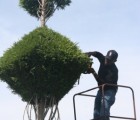






















































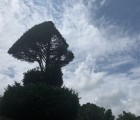


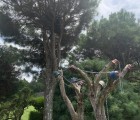










Extant
145 Broad Acres Road, Bishopville, South Carolina, 29010, United States
circa 1983
The garden is open to visitors Tuesday through Saturday, 10am to 4pm, year-round. There is no entrance fee, but donations are encouraged. Visitors may park on the street or in the vacant lot across from the garden.
About the Artist/Site
Pearl Fryar was born in the rural community of Clinton, North Carolina, in 1940 to a family of sharecroppers. Watching his family perform the constant, arduous labor required to farm their rented parcel of land, Fryar developed a robust work ethic that he eventually funneled into the creation of The Pearl Fryar Topiary Garden–a magnificent three-acre garden replete with lush, living sculptures that spread across the grounds in abstracted forms and spiral triumphantly toward the sky. The world-renowned contemporary sculpture garden in Bishopville, South Carolina, is filled with hundreds of salvaged plants as well as artwork Fryar creates from castoff “junk” materials and is visited by thousands of people each year.
Fryar and his wife Metra were planning their relocation to Bishopville in the 1970s for Fryar’s job as an engineer with a local beverage canning factory when they discovered the perfect house. However, the Fryars, an African American family, were not welcomed by racist white neighbors who voiced the prejudicial concern that the hopeful buyers “would not keep up their yard.” (In the 2006 documentary A Man Named Pearl, both Black and white residents of Bishopville speak of enduring racial tensions in the small town of approximately 3,000 people. Not mentioned is the fact that Bishopville is the seat of Lee County–named for Robert E. Lee, the commander of the Confederate States Army during the Civil War.) The Fryars eventually found a ranch-style home with an enormous three-acre lot–Pearl’s first yard. While surveying the local neighborhoods, Fyrar noticed honorary placards bestowed by the Bishopville Garden Club titled “Yard of the Month,” a designation that many folks from small towns will recognize as a much-coveted accolade. Determined to receive this award himself (despite his twelve-hour shifts at the canning factory), Pearl began transforming his yard by planting and meticulously caring for plants that had been discarded by local nurseries. Tom Drapery of the local business City Nursery said in A Man Named Pearl that Fryar elevated “plants we thought were junk into art. I marvel at what they look like now.” While neighbors were at first confused by the flurry of horticultural activity, they admired Fryar’s seemingly ceaseless energy, noting that Fyrar would often work into the night, and when they rose in the morning, the yard would be fully transformed. He received “Yard of the Month” by 1985–the first African American to receive that recognition.
Horticulturalists, arborists, and other gardening aficionados often visit Fryar’s topiary garden and are stunned at what he has accomplished, telling him, “You shouldn’t be able to do this,” to which Pearl cheekily replies, “I didn’t know that.” Aside from a three-minute demonstration on topiary design at a local nursery, Fryar is completely self-taught. Coaxing trees and shrubs (junipers, cypresses, hollies, balsams, firs, and pines) into the magical arrangements and abstract forms presented in the garden has taken years of constant, dedicated focus. It wasn’t until between three and five years after beginning work that Fryar felt comfortable with this artform that is typically associated with sweeping genteel estates cultivated by teams of professional landscapers.
In 1997, Pearl was invited by curator Polly Laffitte to be included in an exhibition of self-taught artists at the South Carolina State Museum in Columbia, South Carolina. Pearl donated a 20-foot juniper tree that was planted on the museum lawn; the living contemporary installation titled “Heart within a Heart” thrives to this day. The town of Bishopville eventually recognized the incredible opportunity presented by their local celebrity artist and capitalized on his fame through their “Streetscape” project that presents Fryar’s topiary sculptures in the medians of the downtown stretch. “Lee County doesn’t have a historic significance to it… We don’t have the ‘George Washington slept here’ type theme to go to to build on–but we do have Pearl Fryar,” said Ronnie Williams, director of the Lee County Chamber of Commerce, in A Man Named Pearl.
Perhaps just as important as his numerous partnerships with cultural and academic centers across South Carolina, Fryar has also created a small installation outside of his local Waffle House (a Southern institution in itself) where he has befriended the staff and eats for free every day. This is just one example of Fryar’s expansive (and ever expanding) practice that connects castoff materials and sophisticated design, contemporary sculpture and the local diner. Fryar’s practice has also transformed his neighborhood outside of the confines of his own property. Many of his neighbors have donned garden shears themselves and engaged creatively with their own spaces. “Their garden is almost more important to me than my garden because that is an extension of me. Proudest moment in your life is feeling like you influenced somebody positively,” said Fryar in the documentary.
The Pearl Fryar Topiary Garden is open Tuesday to Saturday from 10am to 4pm year-round. The grounds are open to visitors to explore, and you do not need to call ahead. However, if you would like a tour, it’s best to contact Mr. Fryar ahead of time at 803-484-5581. Guided tours are usually reserved for groups of 10 or more and a donation of $3 per person is requested.
Narrative: Annalise Flynn, 2020
Update, Oct. 2022: Due to ongoing health issues, Mr. Fryar has been unable to work on his garden for several years. A board of directors, Pearl Fryar Topiary Garden, Inc., was recently established. They hired an expert trimmer to maintain the garden, under Mr. Fryar's direction. To learn more, visit their website.
Sources:
- A Man Named Pearl, 2006
- http://www.pearlfryar.com/
- https://charlestonmag.com/pearlfryar
- https://www.gardenconservancy.org/preservation/pearl-fryar
- https://www.wsj.com/articles/SB121755114815002875
- https://www.latimes.com/style/la-hm-pearl24-2008jul24-story.html
- https://www.postandcourier.com/features/at-south-carolina-s-topiary-legend-pearl-fryar-is-slowing/article_d2e30d4c-5c28-11e7-b454-63115a5e90dd.html
Contributors
Materials
plants, found objects
SPACES Archives Holdings
1 folder: correspondence
Map & Site Information
145 Broad Acres Road
Bishopville, South Carolina, 29010
us
Latitude/Longitude: 34.2074667 / -80.2734233
Nearby Environments









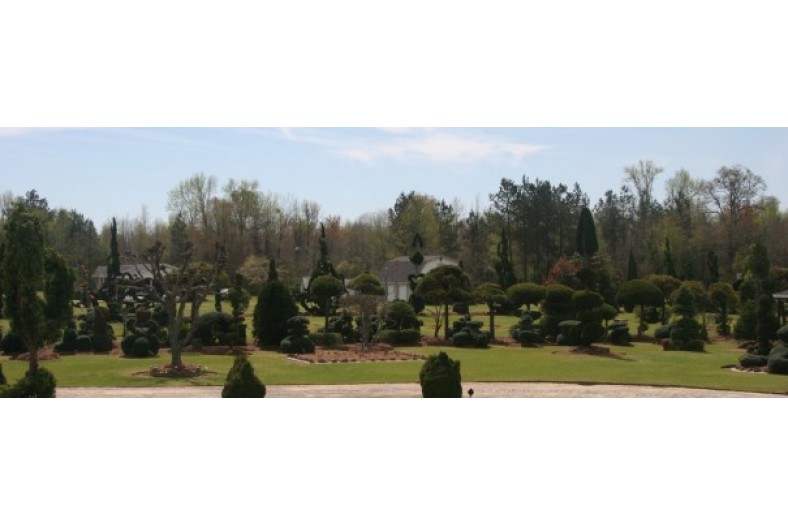


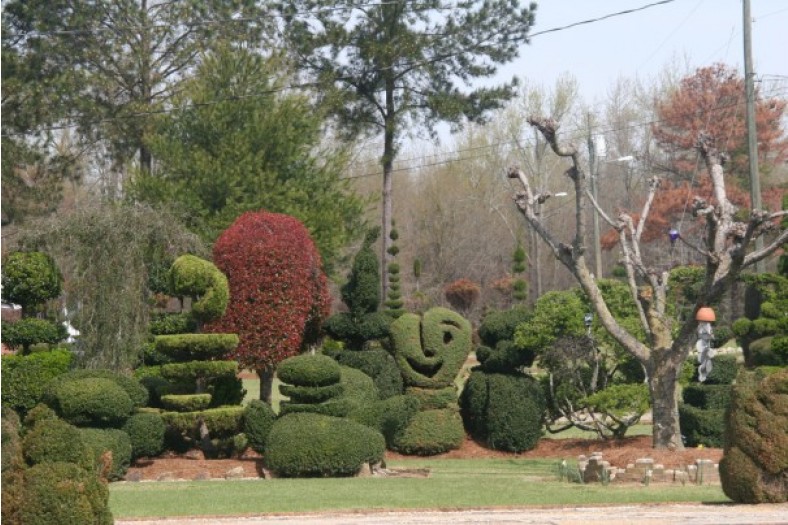




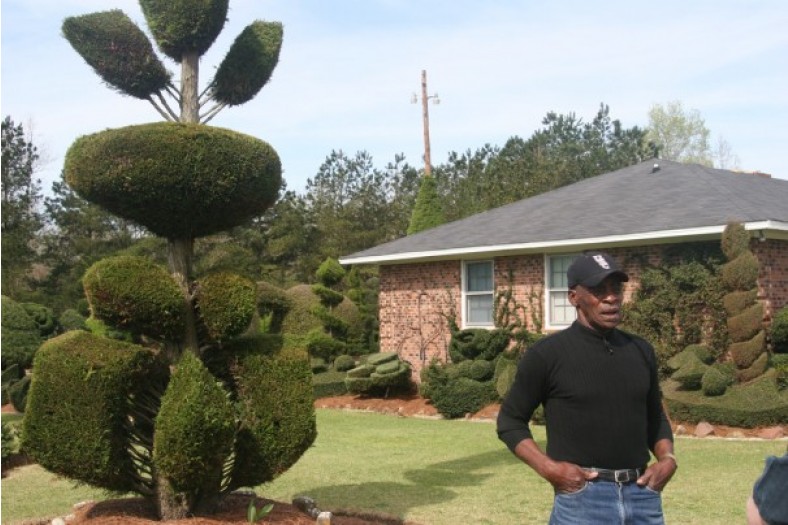
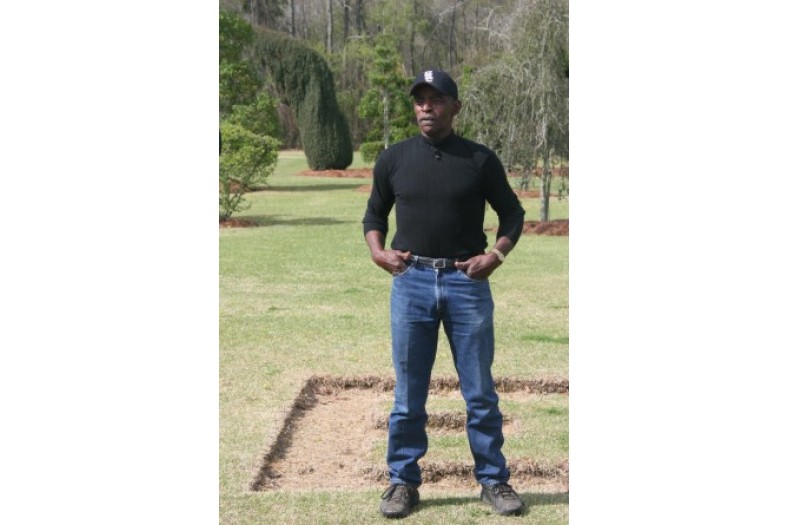
















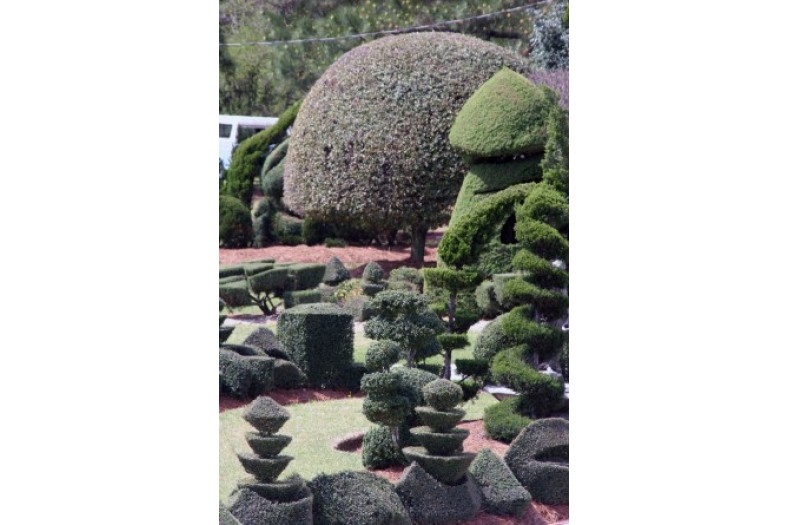
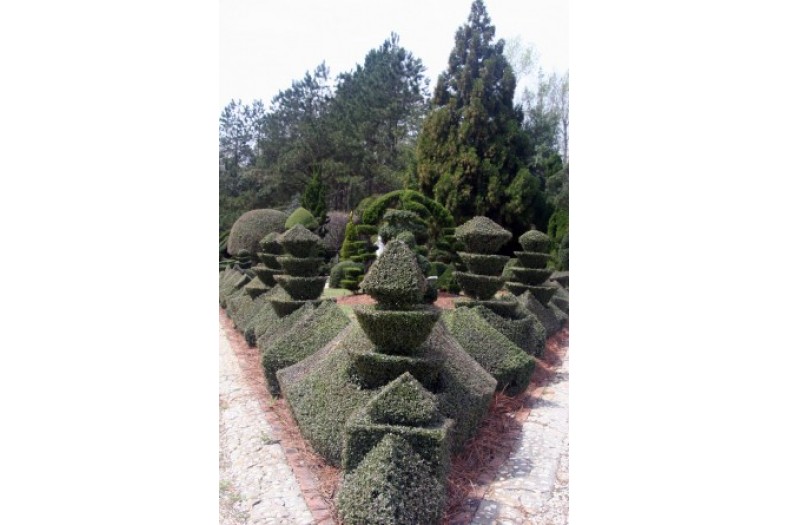






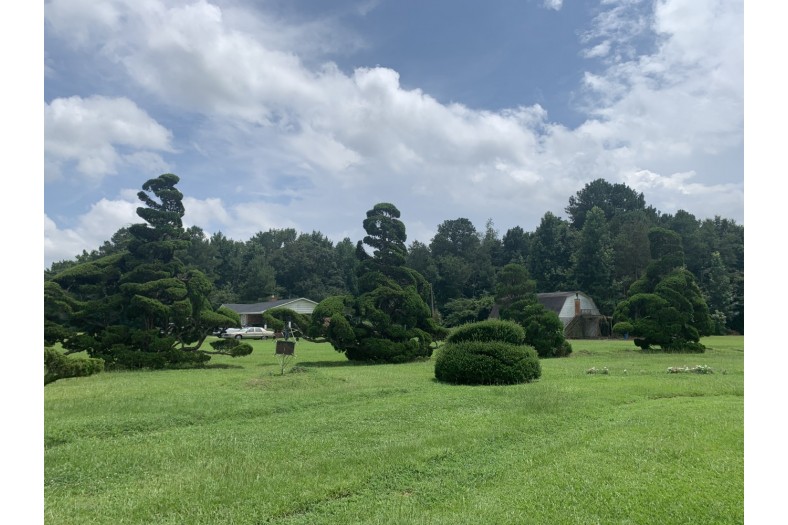







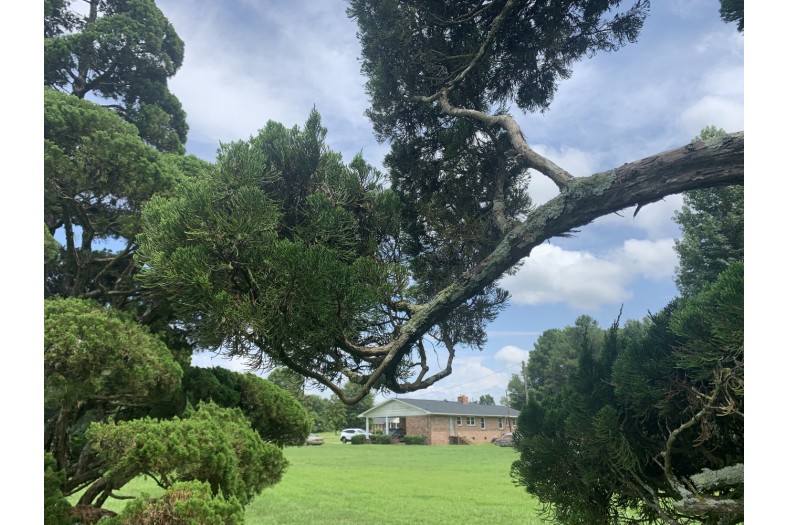

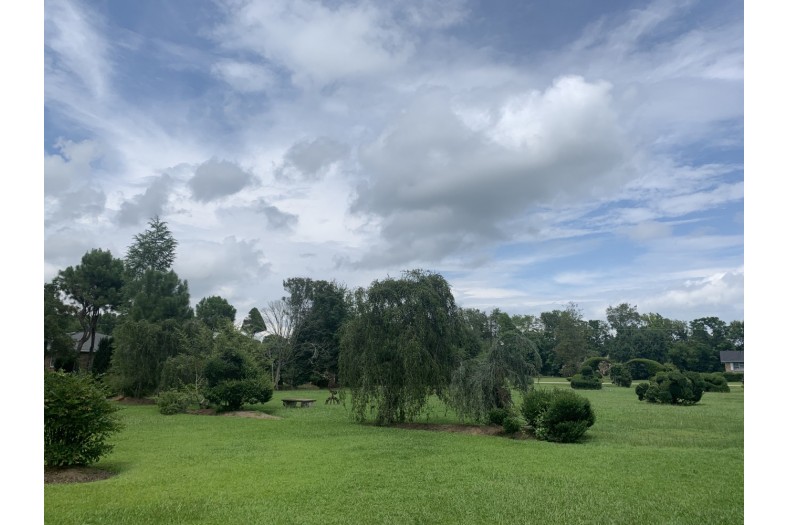
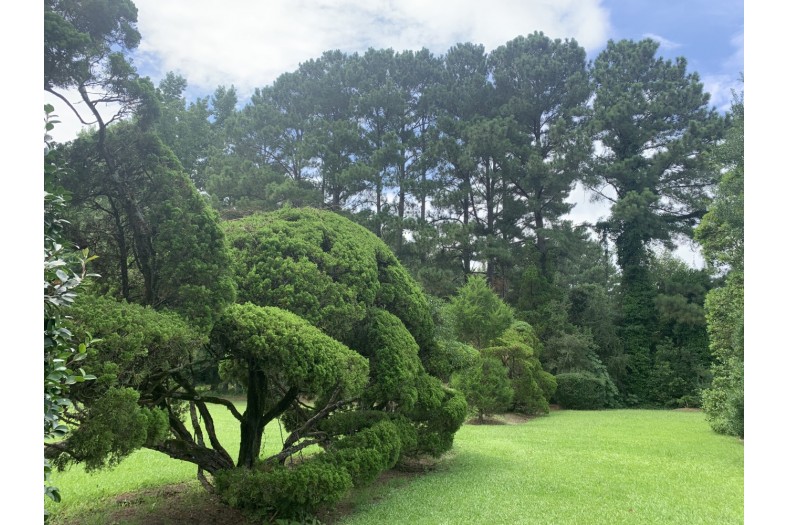


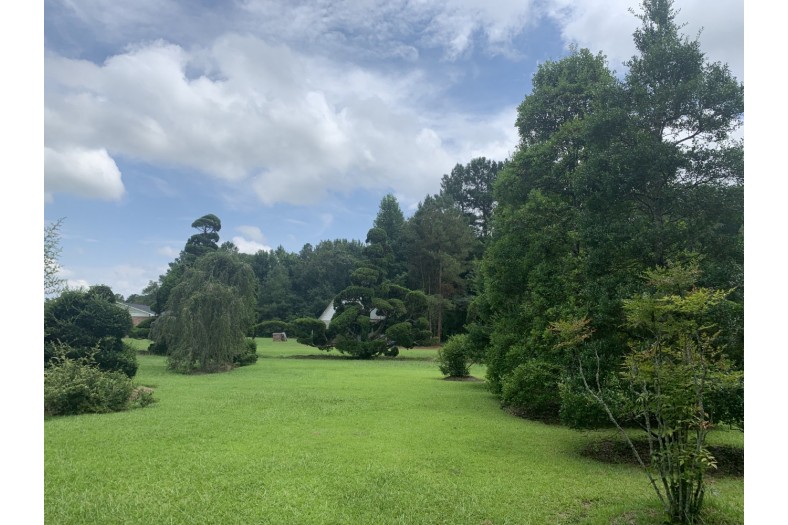


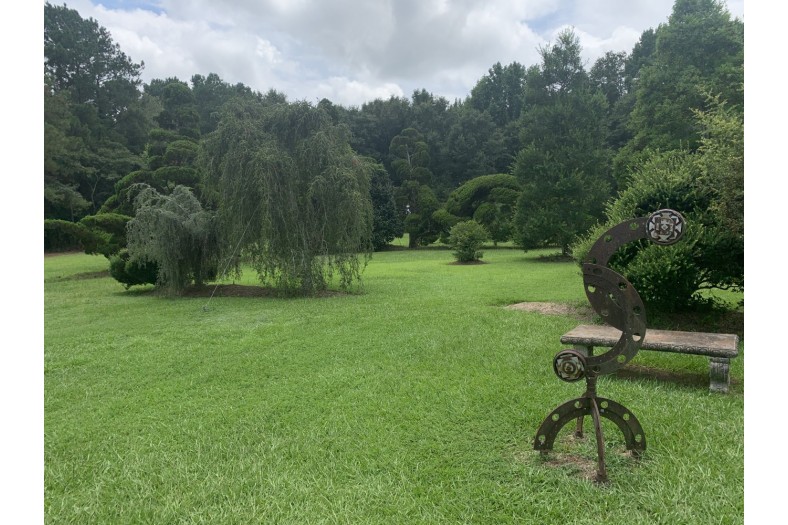


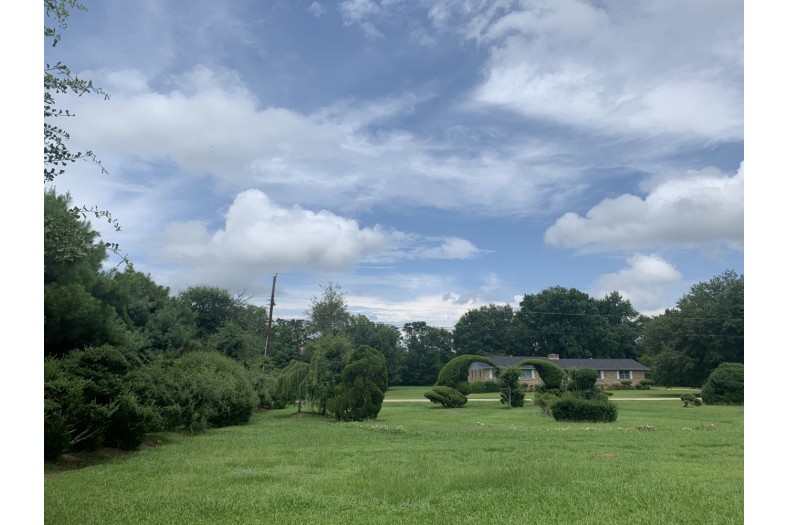



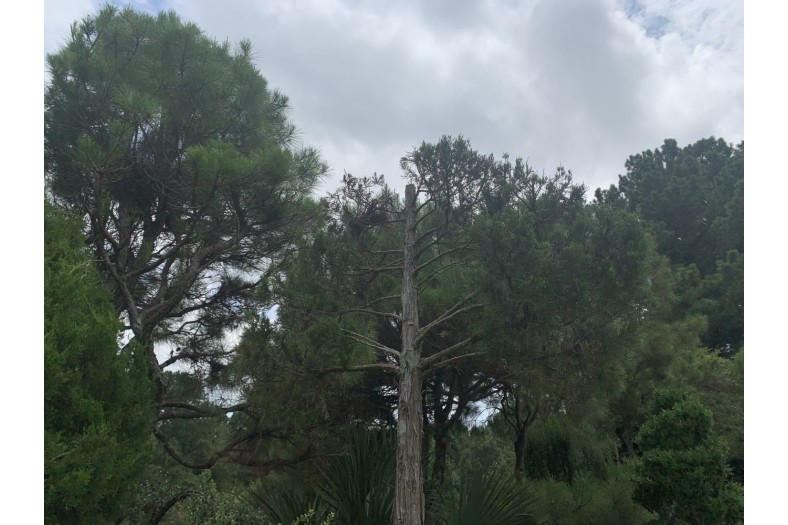



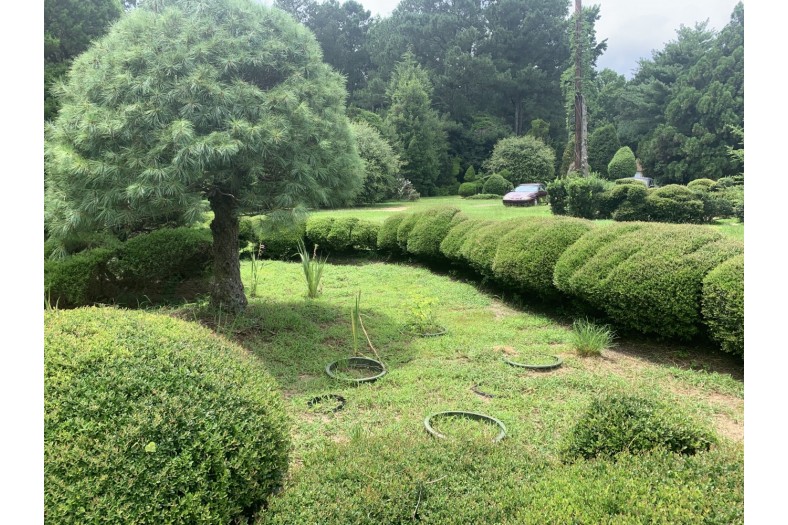

























Post your comment
Comments
No one has commented on this page yet.